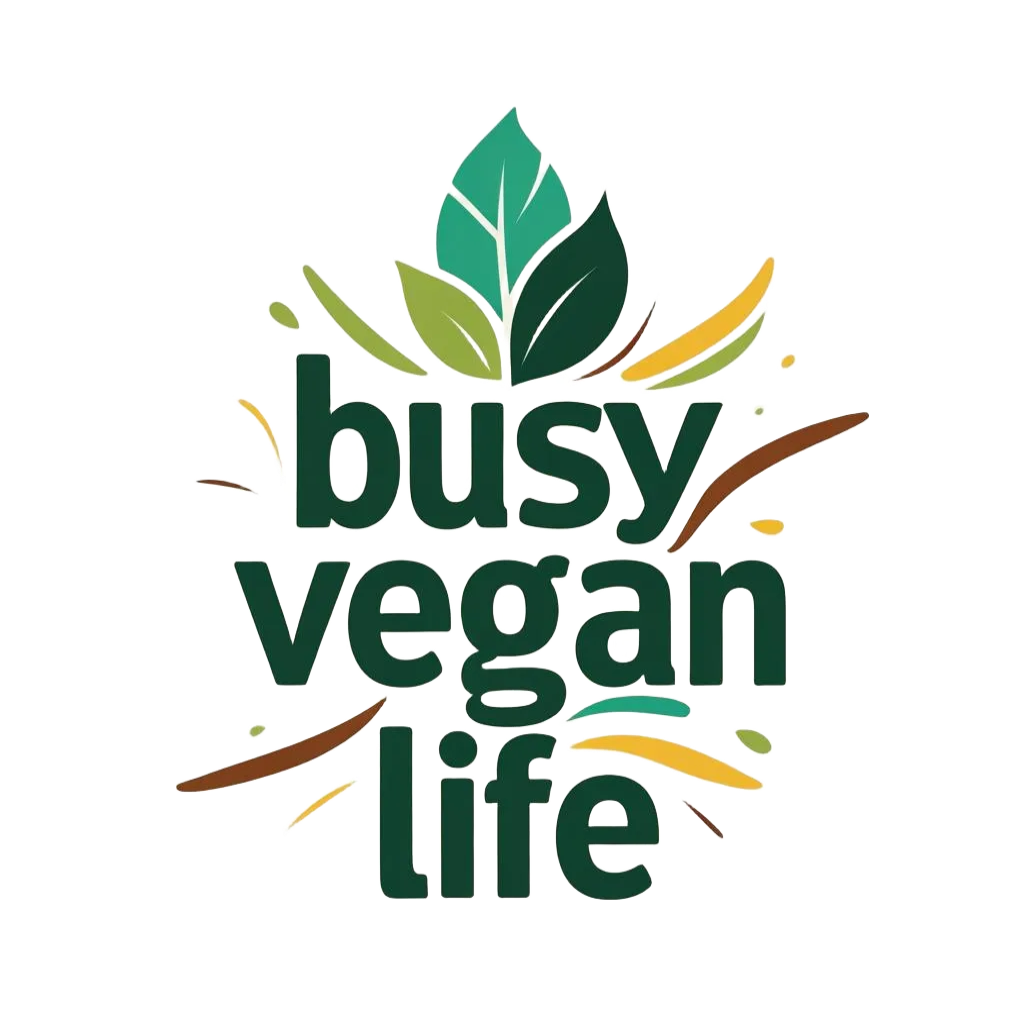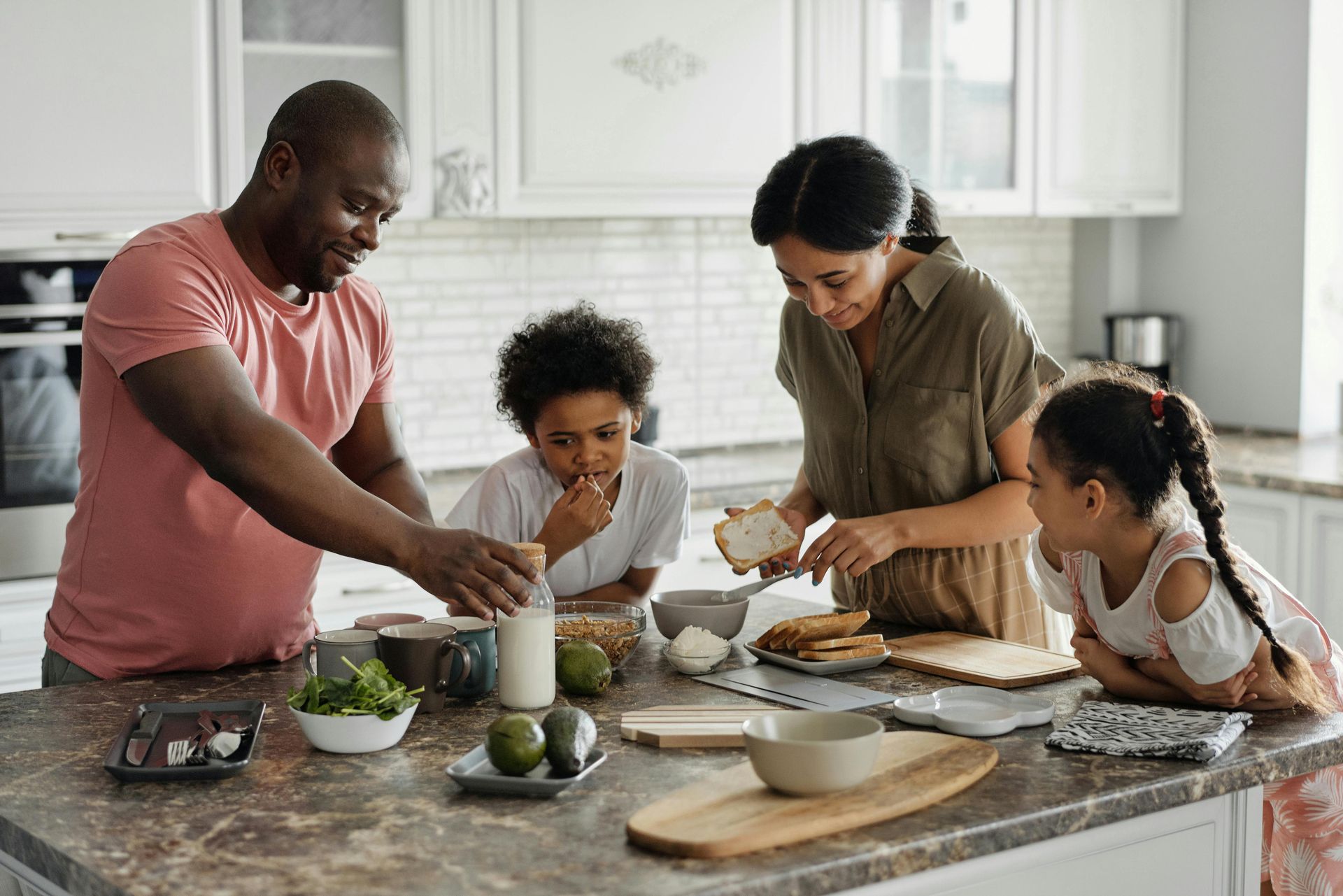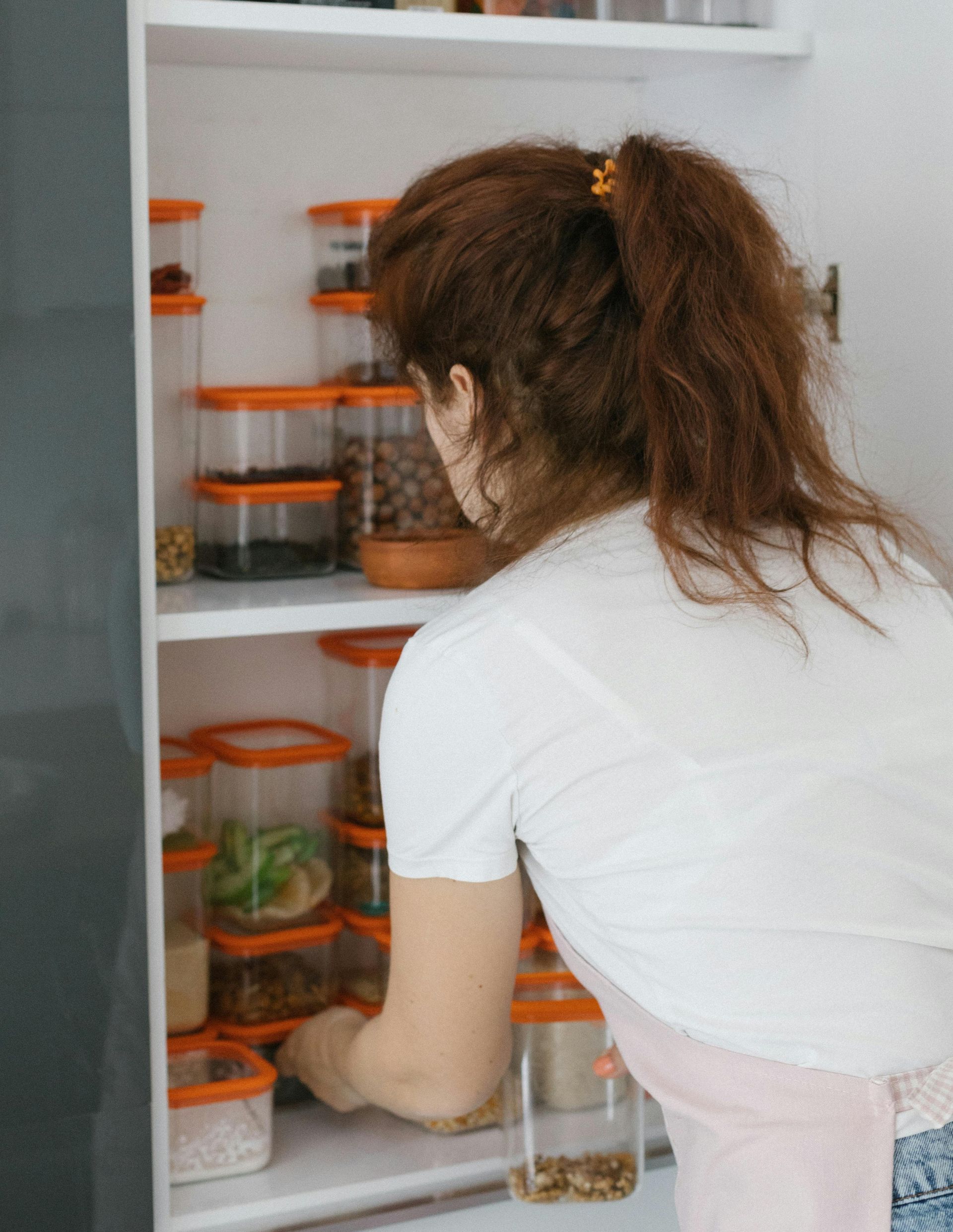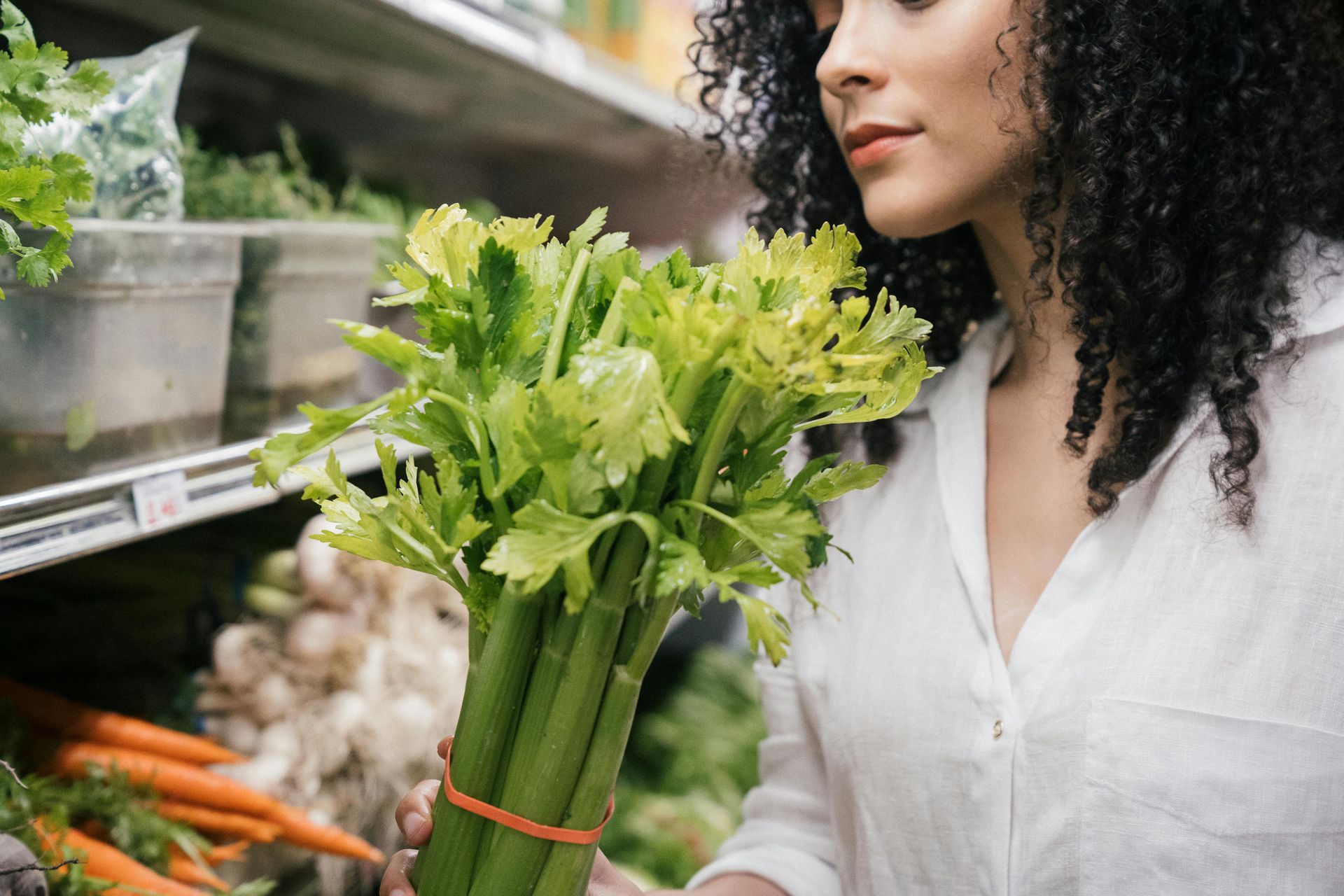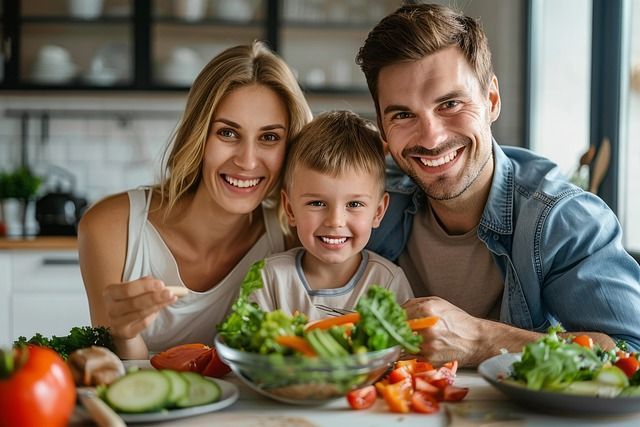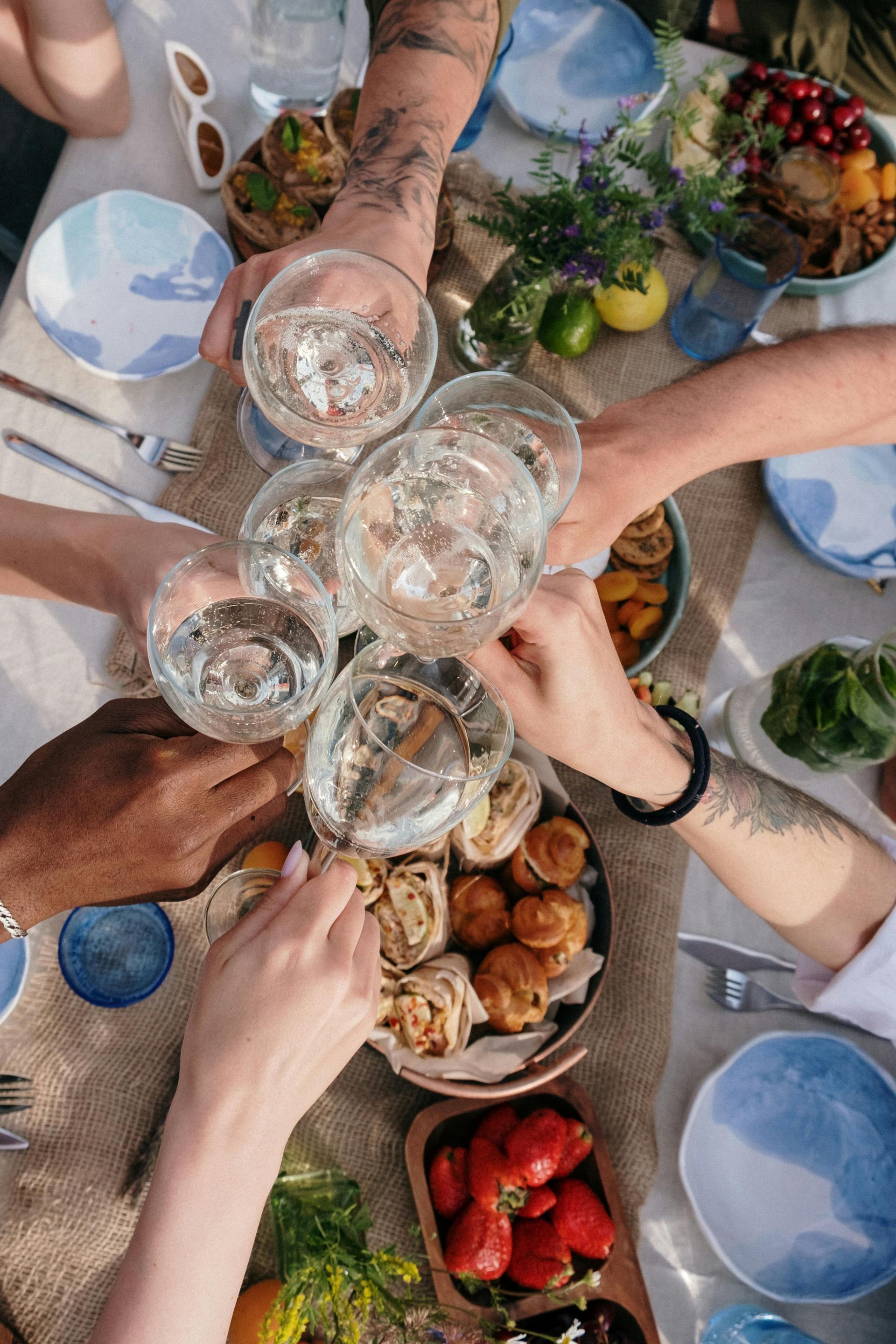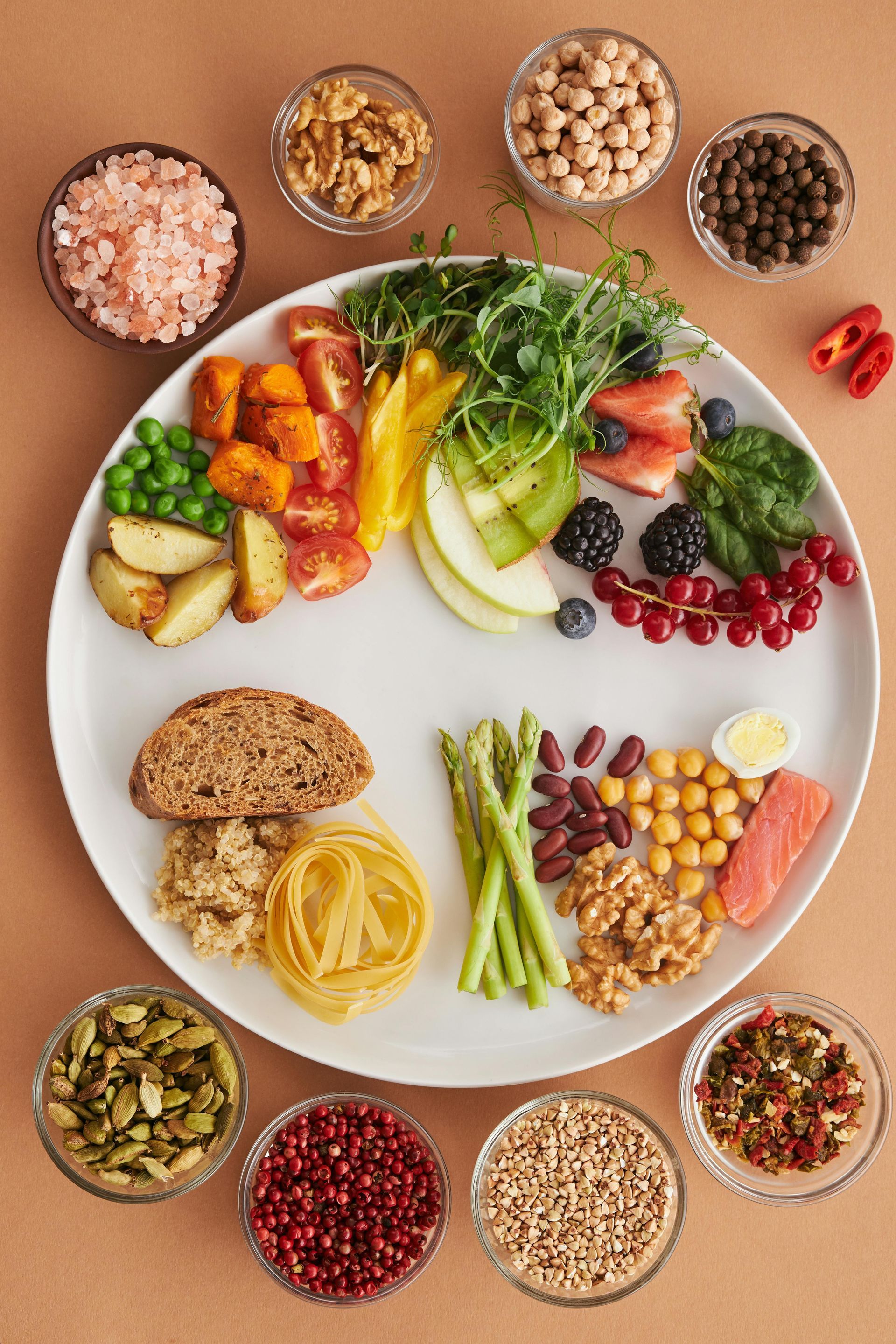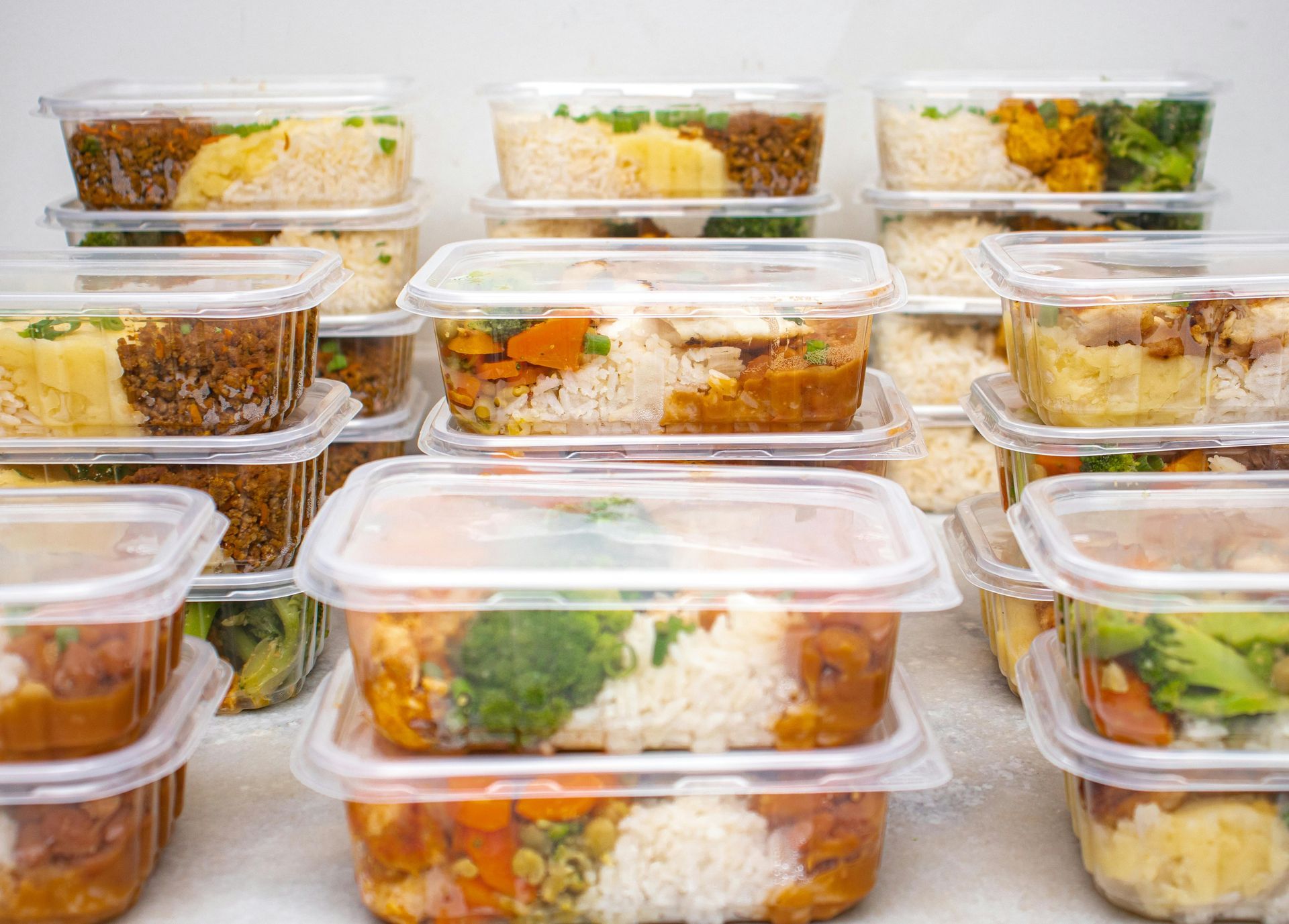
How to Batch Cook Freezer-Friendly Meals
Batch cooking freezer-friendly meals is one of the best ways to save time, money, and stress—especially if you’re balancing a busy lifestyle. As someone who’s been mastering this art, I can say it’s not only life-changing but also budget-friendly, healthy, and surprisingly fun once you get the hang of it. This guide will take you through everything you need to know about freezer meal prep, from storage techniques to recipes and beyond.
Quick Takeaways
- Batch cooking saves time and simplifies mealtime for busy individuals and families.
- Freezer-friendly meal planning reduces waste and ensures long-term meal storage.
- Investing in proper containers and learning how to freeze leftovers properly are essential for success.
What Makes Batch Cooking So Effective? Why Batch Cooking Freezer-Friendly Meals Will Save You Time and Money
Batch cooking involves preparing large portions of food in one go and storing them for future use. If you're someone like me who juggles work deadlines, personal errands and commitments, you'll quickly see that batch cooking is the ultimate time-saving meal prep strategy.
Key Benefits
- Budget-Friendly Freezer Meals: By cooking in bulk, you can minimize grocery costs and focus on affordable ingredients like beans, rice, and seasonal vegetables.
- Freezer-Friendly Meal Planning: Knowing you have ready-made meals in the freezer eliminates the stress of daily cooking.
- Healthy Batch Cooking Ideas: Homemade freezer meals let you control what goes into your food, prioritizing freshness and nutrition.
Getting Started: Meal Prepping for Beginners
If you’re new to batch cooking, start small and build your confidence. Here’s how I tackled the challenge when I started:
Step 1: Create a Freezer Meal Planning Guide
Begin by choosing simple dishes like soups, stews, or casseroles they’re forgiving and freeze well. I started with lentil curry and veggie stir-fries because they’re budget-friendly, nutritious, and versatile.
Step 2: Make a Meal Prep Shopping List
Focus on the best or most suitable ingredients for freezer meals, such as:
- Beans, lentils, and chickpeas (great for vegetarian batch cooking ideas)
- Frozen vegetables (affordable and long-lasting)
- Freezer-friendly grains and pasta like brown rice or quinoa
- Spices, broth, and sauces for flavor-packed recipes
Step 3: Cook in Bulk
Whether you’re making slow cooker freezer meals or Instant Pot batch cooking recipes, cooking in bulk is key. I often dedicate Sunday afternoons to prepping meals for the week ahead. It’s my favorite time-saving cooking strategy.
Best Techniques for Freezer Cooking
Here are some tips and tricks for maximizing the benefits of freezer-friendly meal planning:
1. Portioning Meals for Freezing
Divide meals into single-serving containers to avoid over-thawing. This has been a game-changer for me, especially on nights when I only need one serving for dinner.
2. Choosing the Best Containers for Freezer Meals
Invest in freezer-safe storage bags, glass containers, or vacuum-sealing tools to preserve freshness. Personally, I prefer glass containers—they’re reusable and prevent freezer burn.
3. How to Label Freezer Meals
I always include the name of the dish and the date it was made on a label. Trust me, this small step saves so much confusion later!
4. Thawing Freezer Meals Safely
Let meals thaw in the fridge overnight or use the stovetop for quicker reheating. Avoid microwaving directly, as it can alter texture.
Freezer-Friendly Meal Ideas
Make-Ahead Meals for Work Lunches
Freezer meal prep has made packing lunches effortless. Here are some favorites:
- Vegetarian Chili: Beans, tomatoes, and corn make for a protein-packed lunch that heats up beautifully.
- Quinoa Stir-Fry: A quick, nutritious option packed with frozen veggies and tofu.
- Sweet Potato Casserole: Creamy, comforting, and perfect for freezing.
Freezer-Friendly Soups and Stews
Soups and stews are some of the best proteins for freezer meals:
- Lentil Stew: Packed with iron and fiber, lentil stew is a staple in my freezer.
- Vegetable Minestrone: Loaded with beans and pasta for a hearty, satisfying meal.
Freezer Meal Storage Tips
Proper storage techniques are essential for long-term meal storage:
How to Prevent Freezer Burn
Make sure containers are airtight and filled with enough liquid to prevent freezer burn.
Shelf Life of Frozen Meals
Frozen meals typically last 2-3 months. Regularly cycle through your inventory to keep meals fresh.
Freezer Meal Organization
Dedicate shelves to specific meal types (e.g., soups, casseroles) for easy access.
Tips for Success
Here are some lessons I’ve learned along the way:
- Prepping Vegetables for Freezing: Blanch vegetables before freezing to preserve their texture and nutrients.
- Seasonal Ingredients for Meal Prepping: Take advantage of cheap, fresh produce that’s in season—like squash in the fall or zucchini in the summer.
- Dairy-Free Freezer Meal Ideas: Skip dairy and focus on plant-based alternatives to keep meals allergy-friendly.
Why Batch Cooking Works for Busy Lives
Freezer meal prep has been an essential tool for maintaining a budget-friendly plant-based diet while managing a packed schedule. Whether you’re preparing meals for yourself or feeding a family, the benefits of freezer-friendly meal planning are undeniable.
Take it step by step, and you’ll soon master the art of healthy, cost-effective batch cooking! From casseroles to soups, freezer-friendly meals are here to simplify your life—without sacrificing flavor or nutrition.
Want more Vegan tips, keep reading the Busy Vegan Blog.
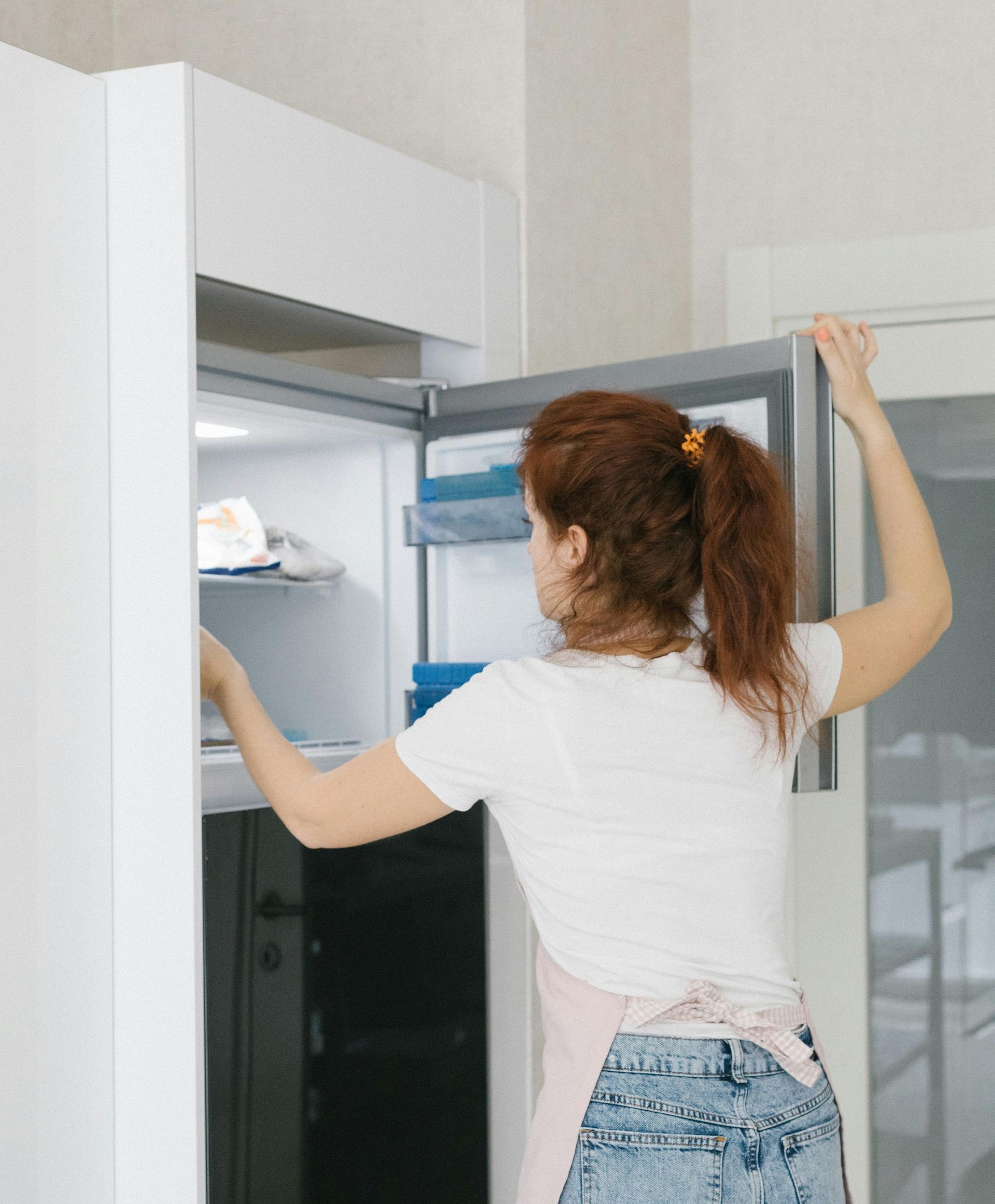
Frequently Asked Questions about Batch Cooking Freezer-Friendly Meals
What is Batch Cooking?
Batch cooking is a meal prep strategy where you cook large quantities of food at once and freeze portions for later use. This method saves time, reduces food waste, and ensures that busy vegans always have healthy, plant-based meals ready to eat.
What are the best vegan meals for batch cooking and freezing?
The best freezer-friendly vegan meals include soups, stews, casseroles, grain-based dishes, burgers, and sauces. Examples include lentil soup, vegan shepherd’s pie, and chickpea patties.
What vegan foods should not be frozen?
Foods that don’t freeze well include fresh leafy greens (like spinach and lettuce), high-water vegetables (such as cucumbers and zucchini), and creamy non-dairy sauces that may separate upon thawing.
How long do batch-cooked vegan meals last in the freezer?
Most vegan freezer meals last between 2 to 3 months when stored in airtight containers or freezer-safe bags. Always label meals with the preparation date for easy tracking.
What is the best way to thaw and reheat frozen vegan meals?
For best results, thaw meals overnight in the refrigerator. Reheat soups on the stovetop, casseroles in the oven at 350°F (175°C), and individual meals in the microwave using short bursts while stirring for even heating.
How can I maximize freezer space for batch cooking?
Use stackable containers, freeze meals flat in bags, and group similar items together in labeled bins. This organization method keeps your freezer tidy and makes meals easy to access.
How do I prevent freezer burn on my meals?
To avoid freezer burn, let food cool completely before freezing, use airtight containers or silicone freezer bags, and remove as much air as possible before sealing.
Can I batch cook and freeze fresh vegetables?
Yes, but some vegetables require blanching before freezing to preserve texture and nutrients. Blanching works well for broccoli, carrots, and green beans but is not recommended for high-water vegetables like cucumbers.
How do I keep my batch-cooked meals interesting and avoid meal fatigue?
Rotate 3-4 core recipes each time you batch cook, season meals differently, and prepare versatile base ingredients (like grains and beans) that can be used in multiple dishes.
Is batch cooking cost-effective for vegans?
Absolutely! Buying ingredients in bulk and reducing food waste lowers grocery costs. Plus, pre-prepared meals prevent the need for expensive takeout or last-minute grocery runs.
Subscribe to The Busy Vegan Blog
We will get back to you as soon as possible.
Please try again later.
